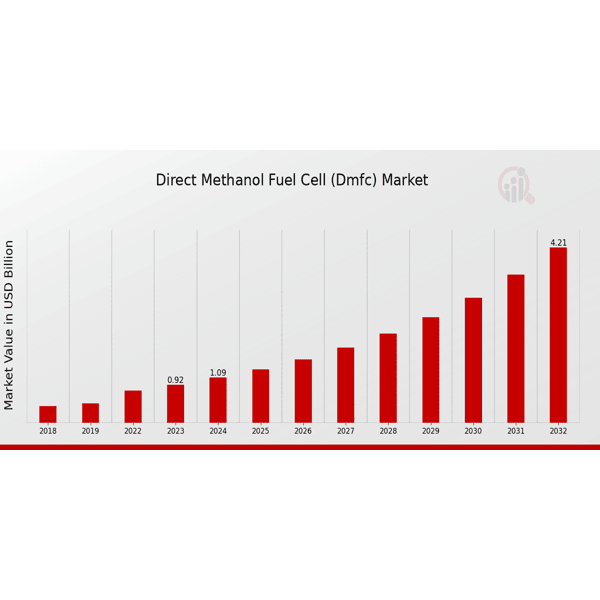Rising Demand for Direct Methanol Fuel Cells: Transforming the Energy Landscape
Key Ideas
- The Direct Methanol Fuel Cell (DMFC) market is projected to grow significantly, driven by the demand for sustainable portable power solutions and advancements in clean energy technologies.
- Key drivers include portability, environmental regulations, cost reduction in methanol production, and government incentives for fuel cell research.
- The market is segmented by components, applications, and end-users, with a focus on key regions like North America, Europe, Asia-Pacific, and potential growth in other parts of the world.
- Technological innovations such as catalyst optimization, advanced membrane development, system miniaturization, and fuel cartridge advancements are shaping the market landscape.
The Direct Methanol Fuel Cell (DMFC) market is experiencing significant growth globally, fueled by the increasing demand for portable power solutions and the growing focus on clean energy technologies. The market size is expected to rise from 0.78 (USD Billion) in 2022 to 4.21 (USD Billion) by 2032, with a projected Compound Annual Growth Rate (CAGR) of 18.37%. The surge in demand for sustainable and portable power sources is driving the transformative growth of DMFCs, especially in low to medium power applications where hydrogen fuel cells face challenges.
Key market drivers include the portability and compactness of DMFCs, environmental regulations promoting zero-emission alternatives, cost reduction in methanol production, and government incentives for fuel cell research and green mobility programs. The market is segmented by components such as electrodes, membranes, catalysts, and bipolar plates, as well as by applications like portable devices, military equipment, transportation, backup power, and consumer electronics.
Regional insights highlight North America, Europe, Asia-Pacific, and the rest of the world, showing varying levels of market maturity and growth potential. Technological innovations in catalyst optimization, advanced membrane development, system miniaturization, and fuel cartridge advancements are driving the market forward.
Despite the positive outlook, the DMFC market faces challenges such as methanol crossover, infrastructure limitations, cost competitiveness against lithium-ion batteries and hydrogen fuel cells, and concerns about durability and lifecycle costs. Companies in the sector are collaborating, launching new products, and forming strategic partnerships to overcome these challenges and strengthen their positions in the evolving DMFC market.
Topics
Fuel Cells
Renewable Energy
Innovation
Green Technology
Regulations
Challenges
Market Analysis
Regional Insights
Portable Power
Latest News
2
Georgia Power and Mitsubishi Power Lead the Way in Hydrogen Fuel Testing at Plant McDonough-Atkinson
Infrastructure | an hour ago
7
